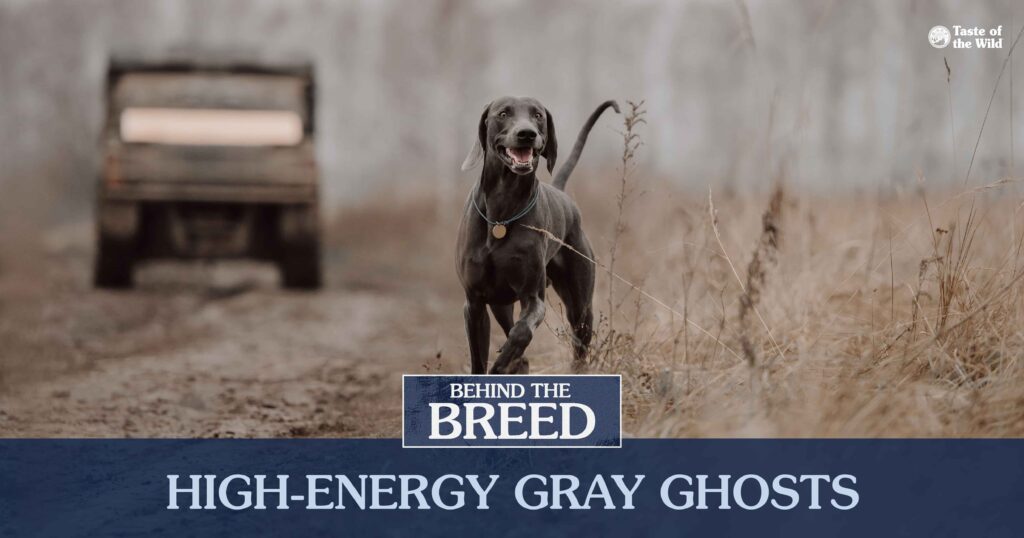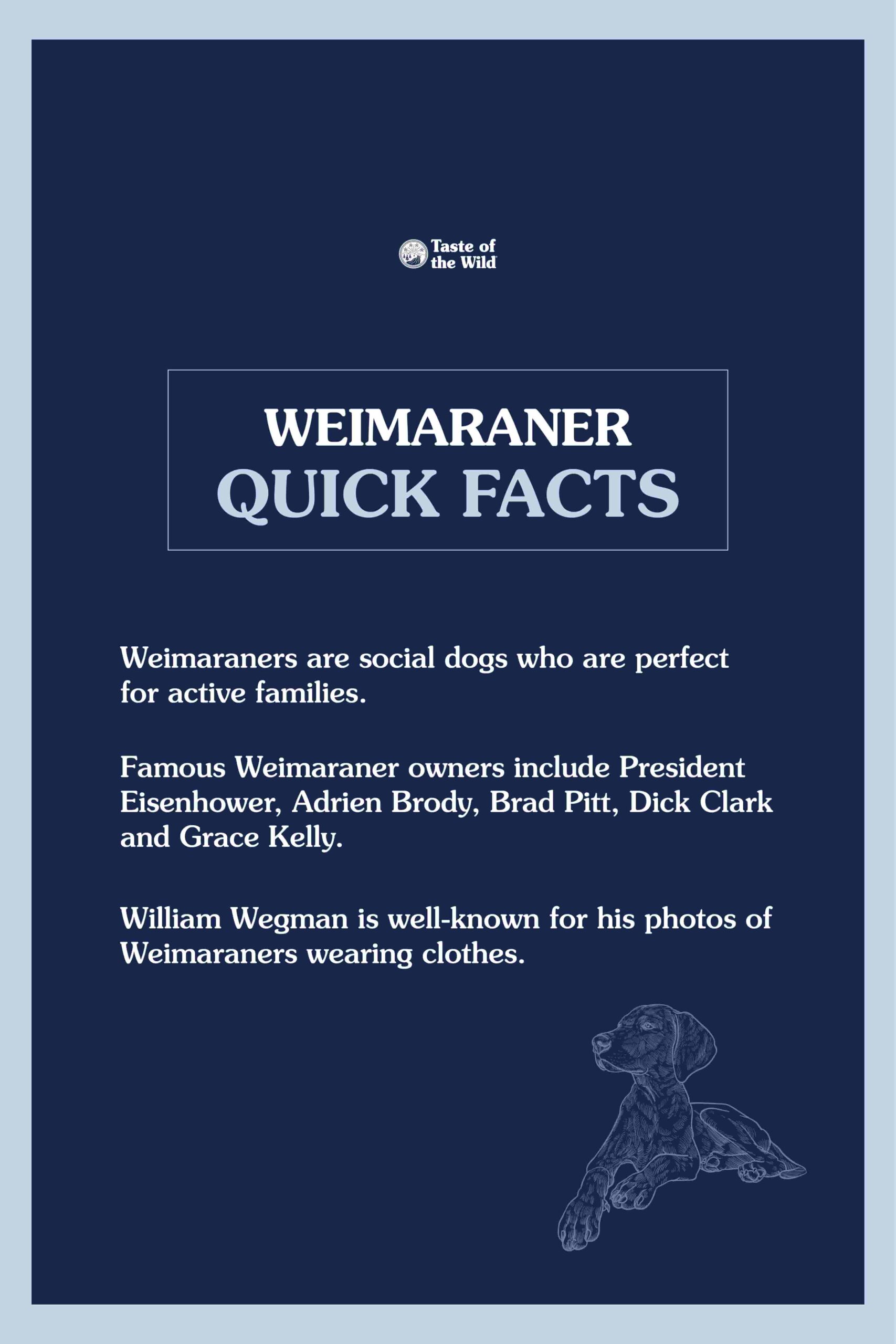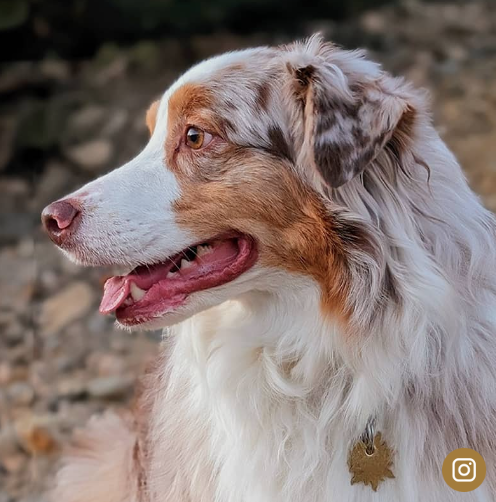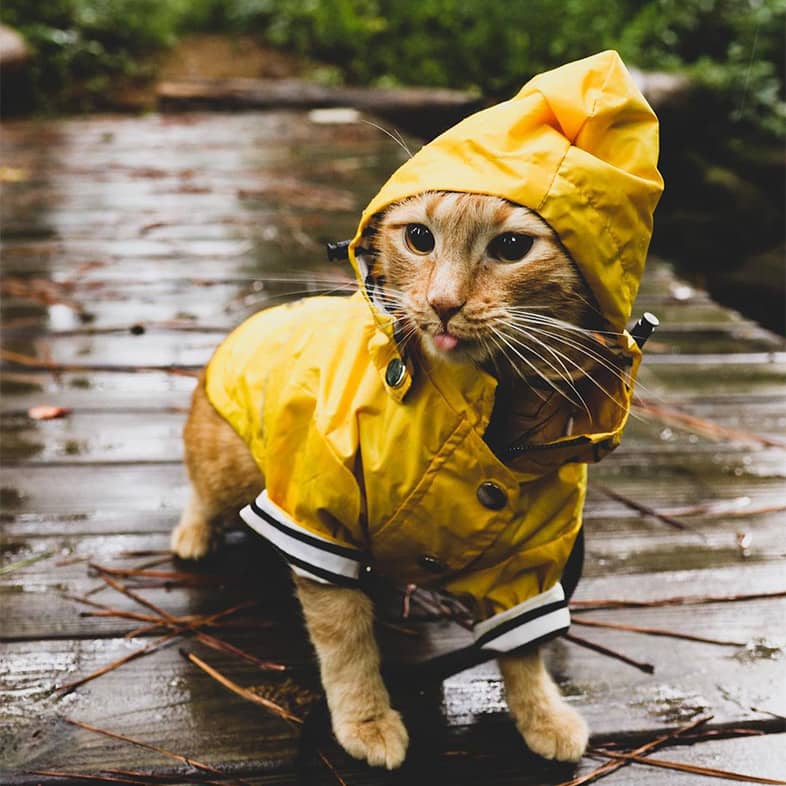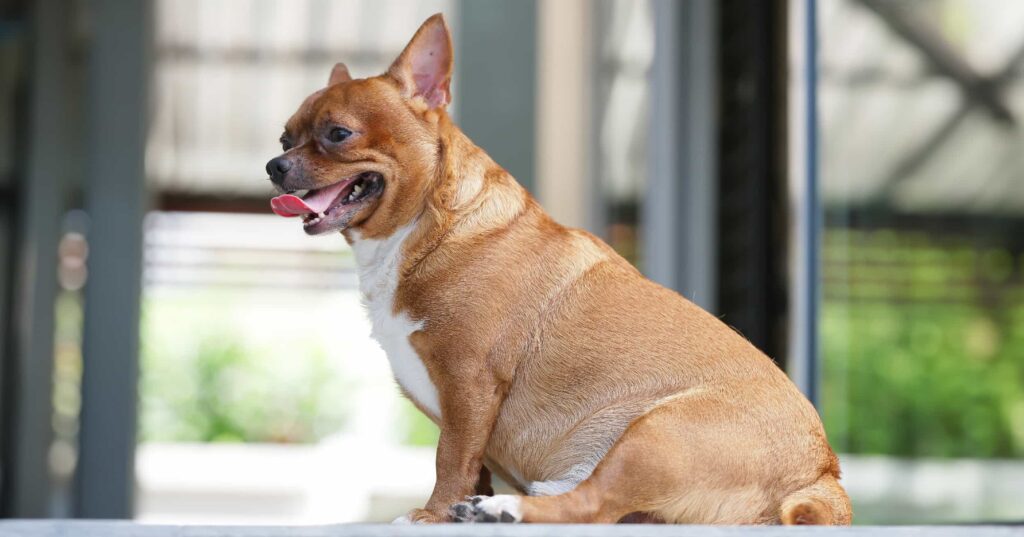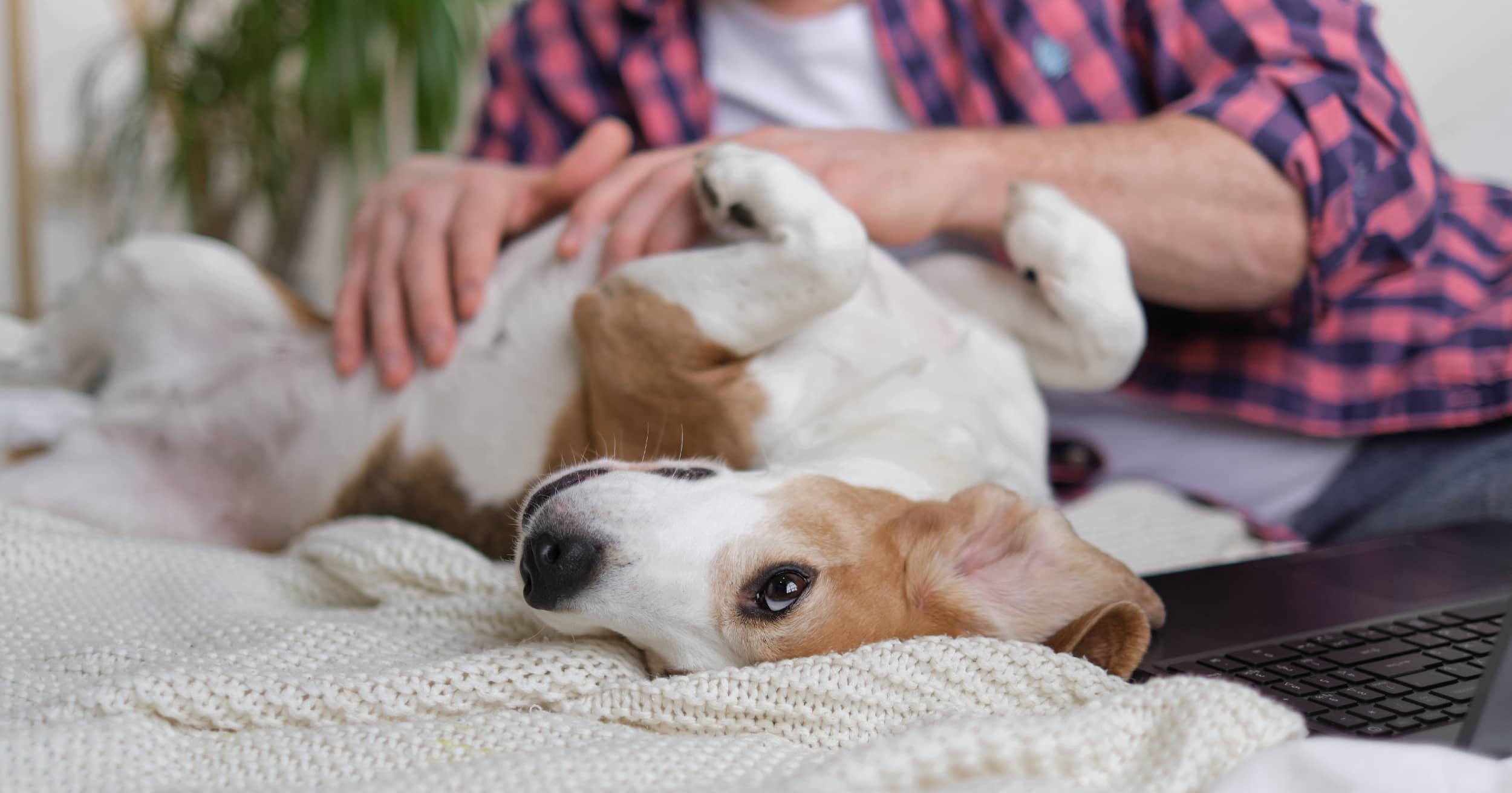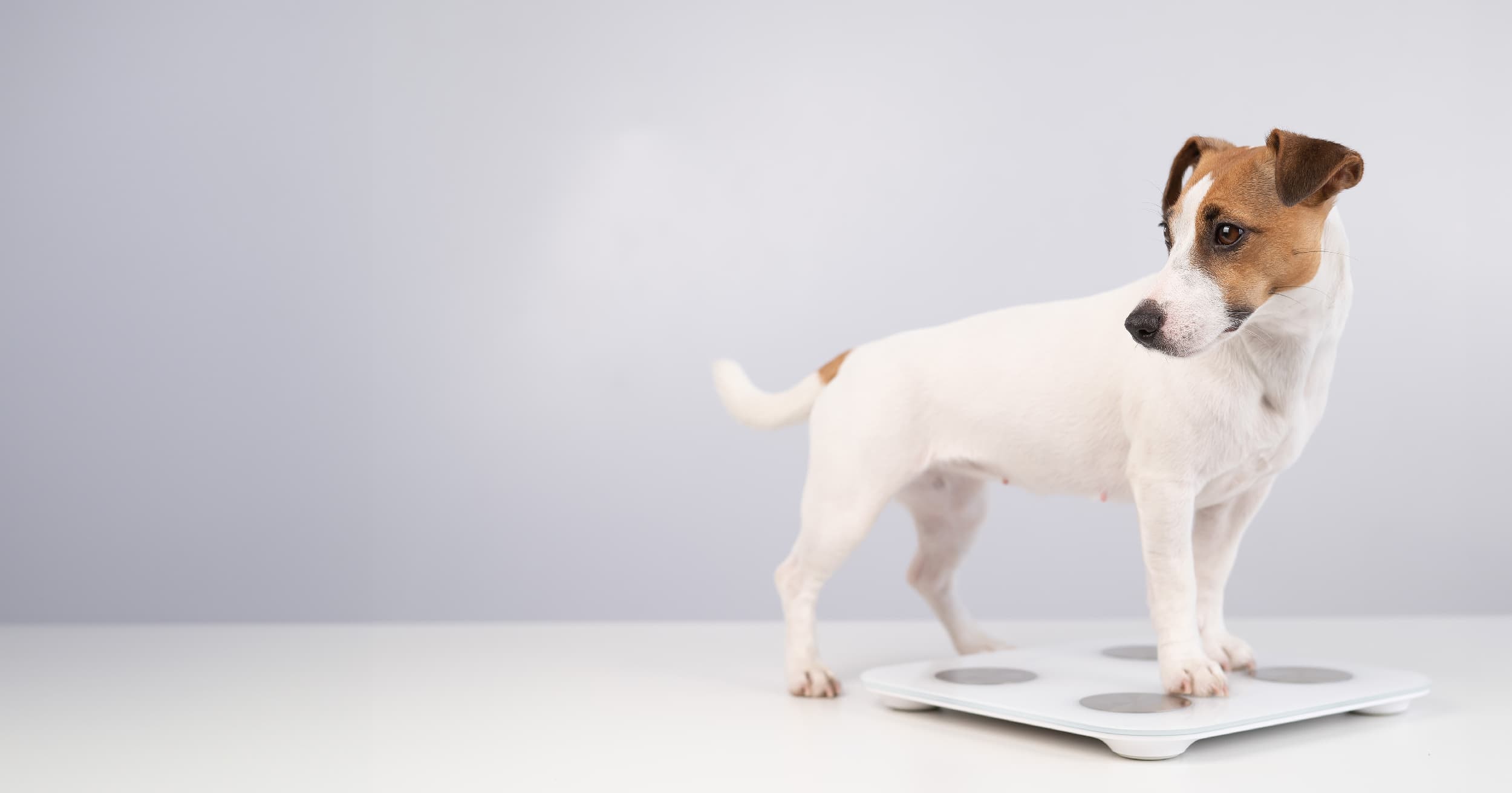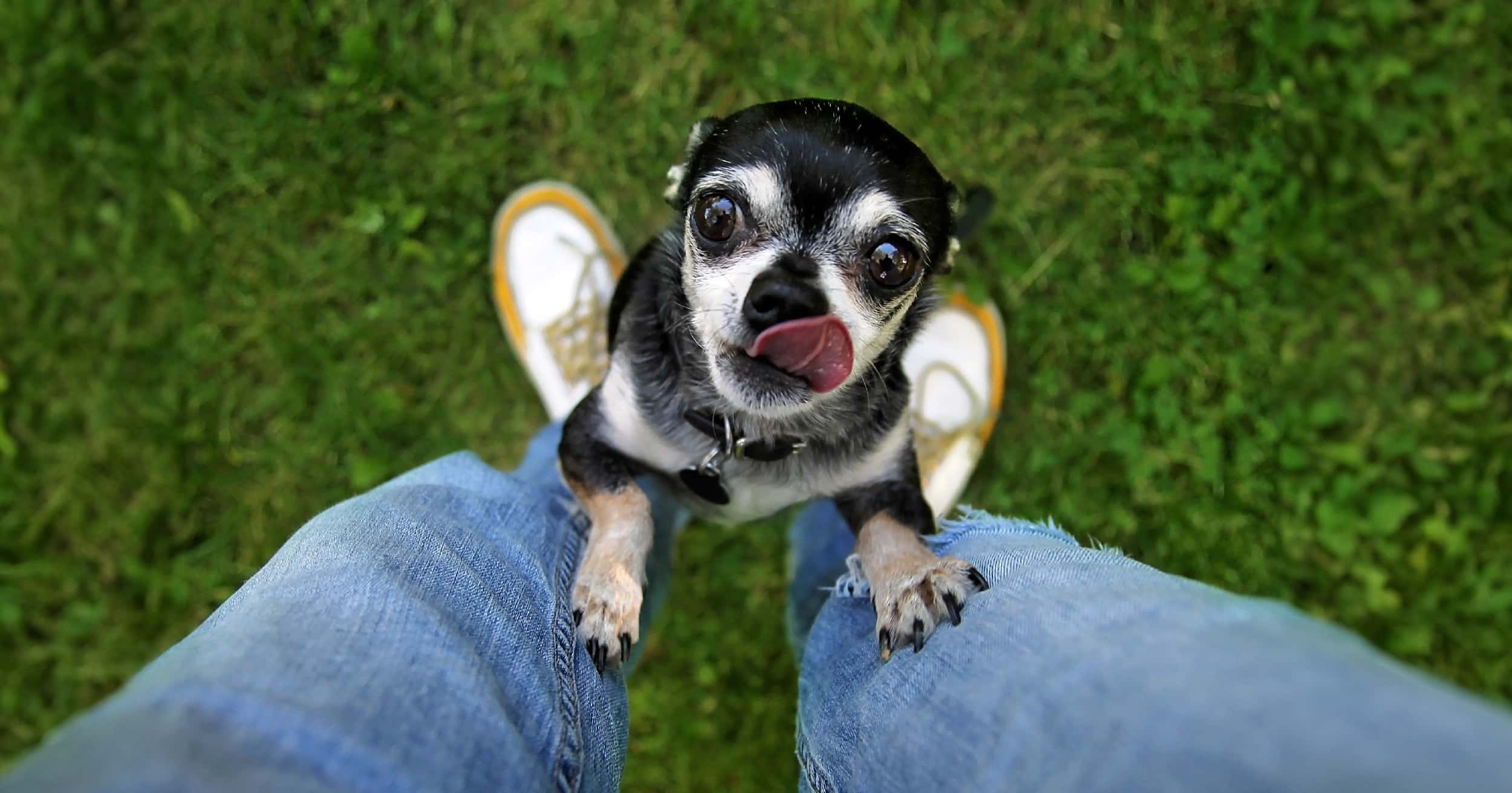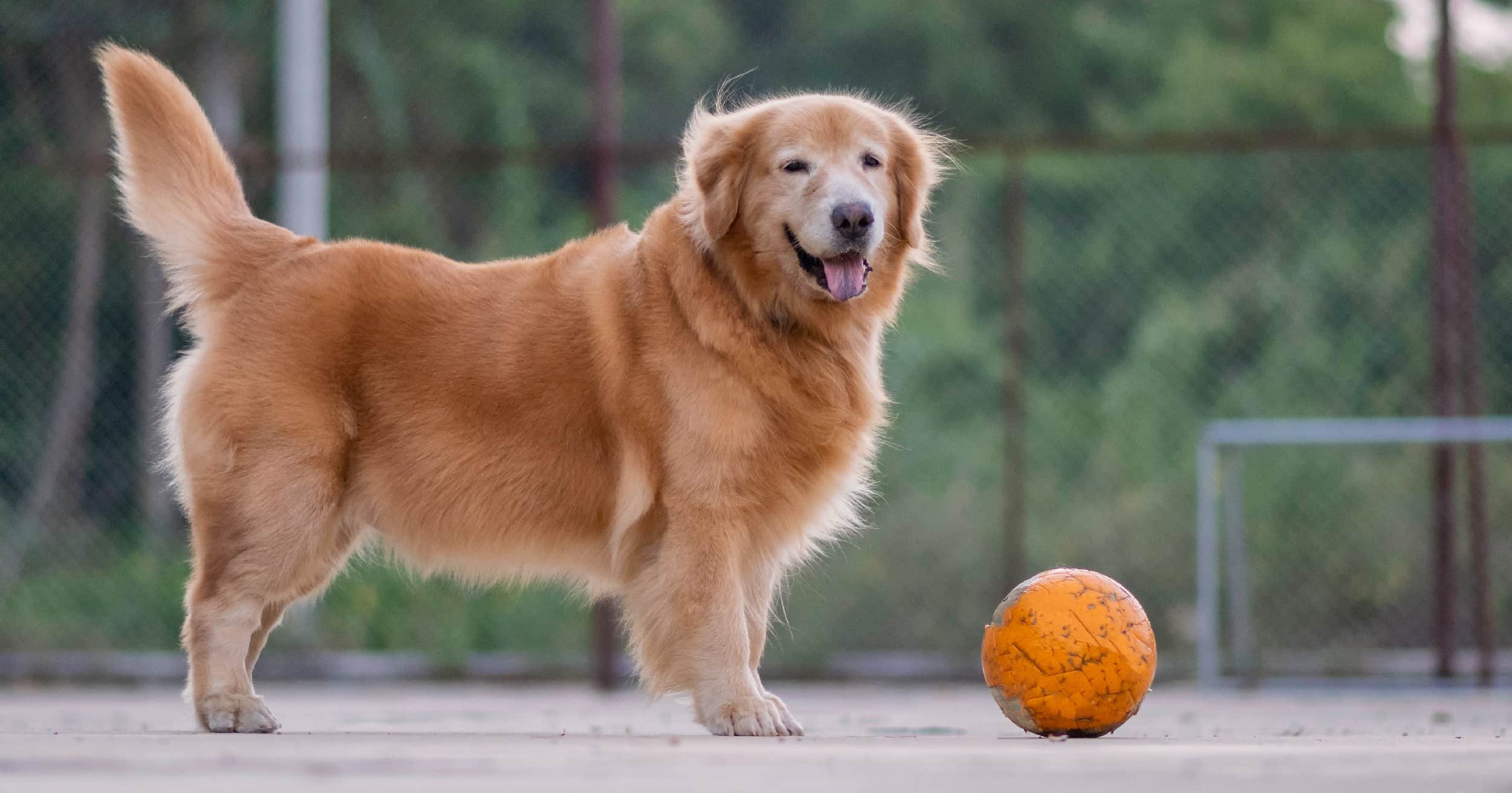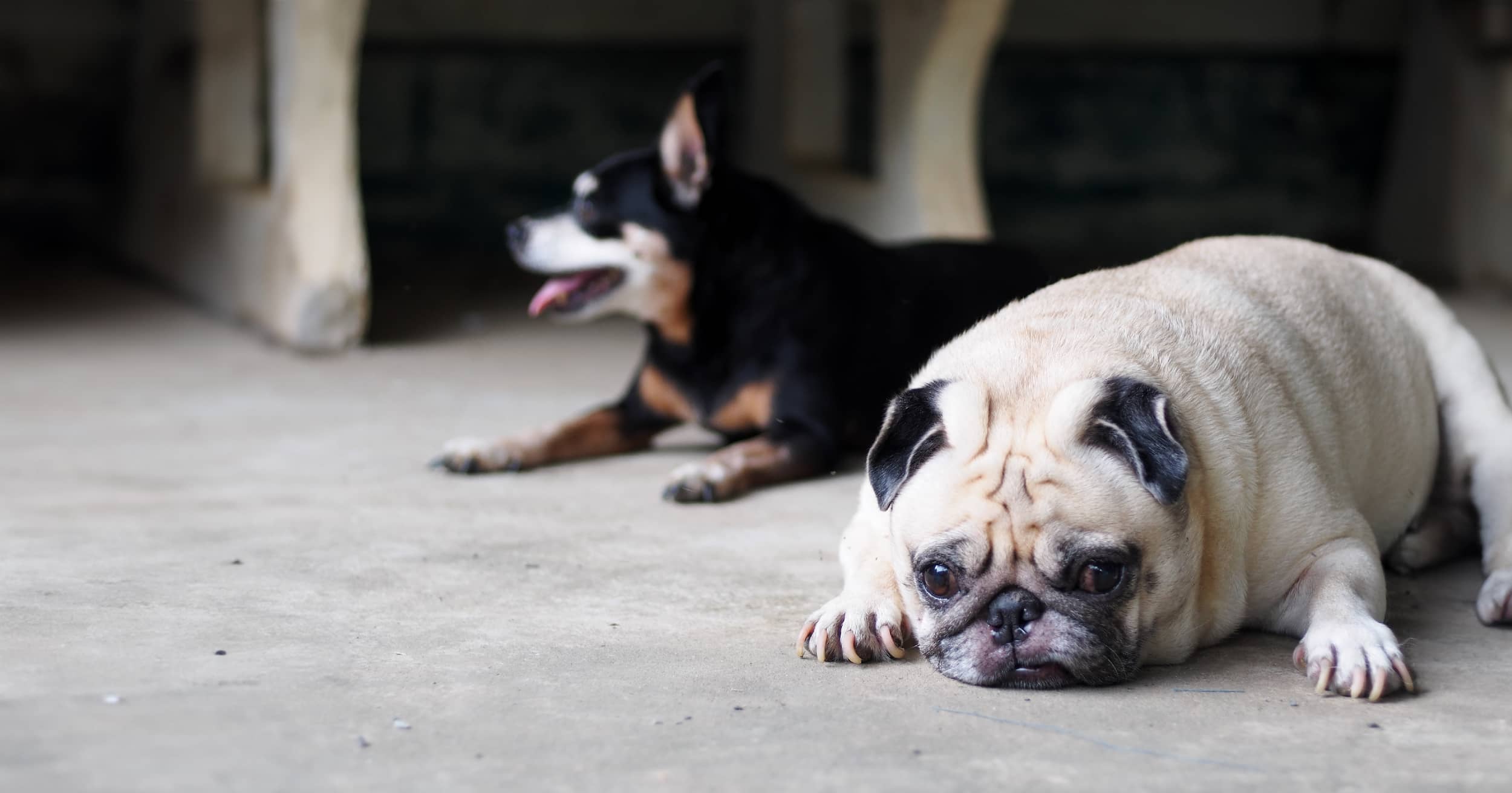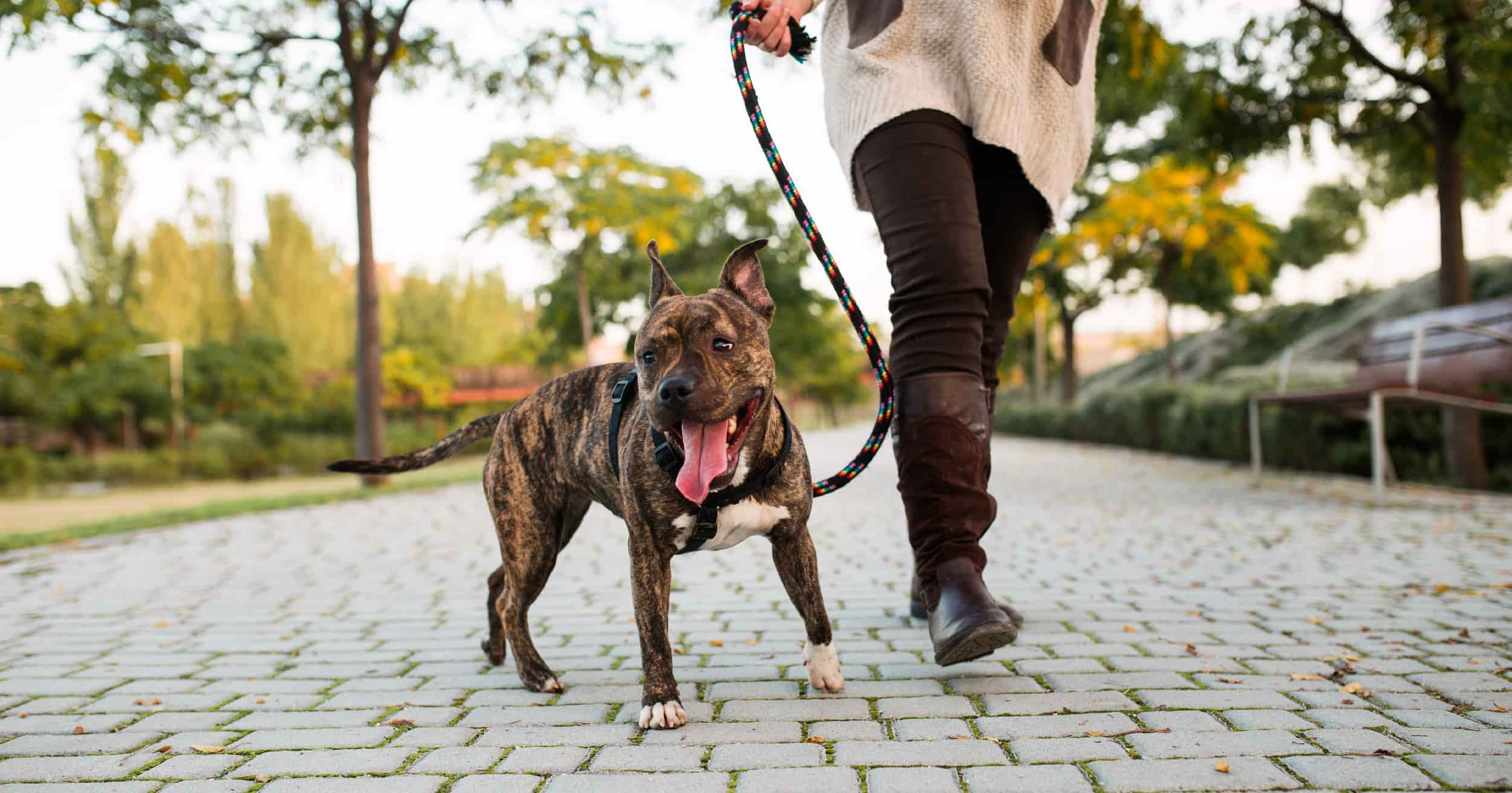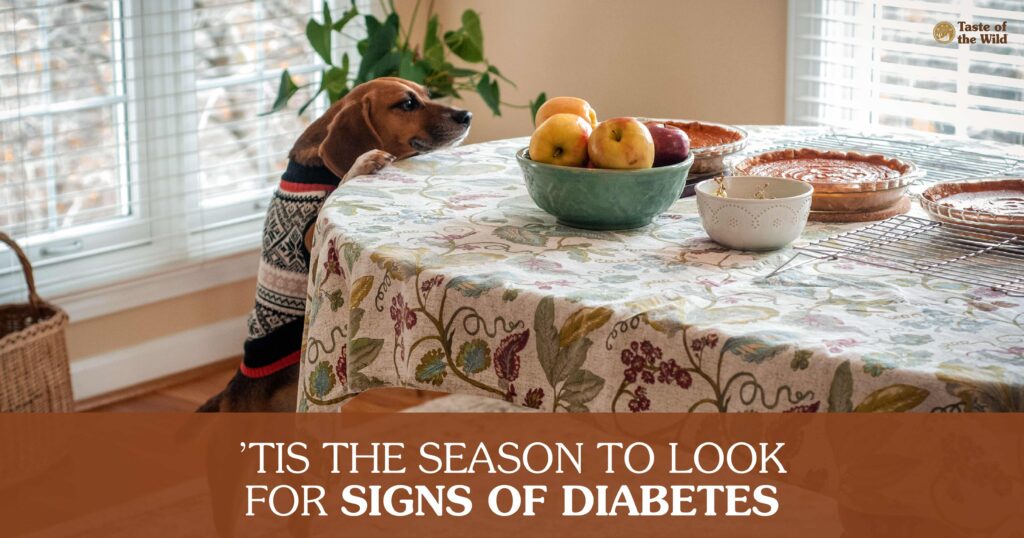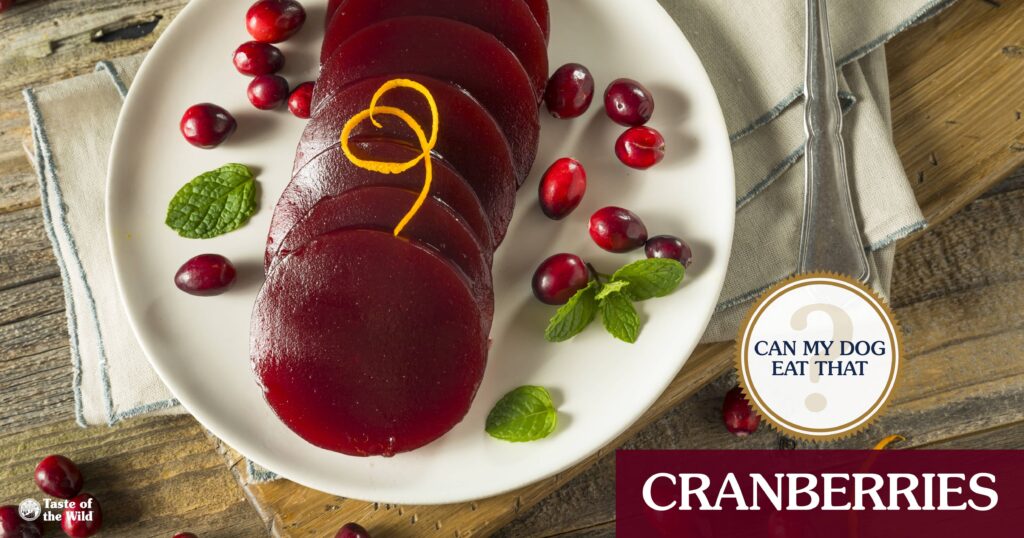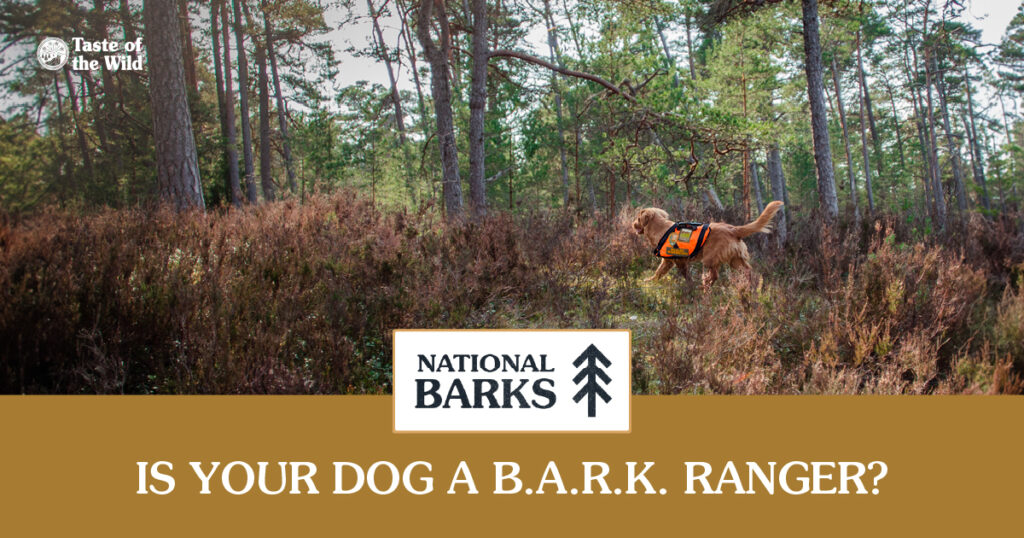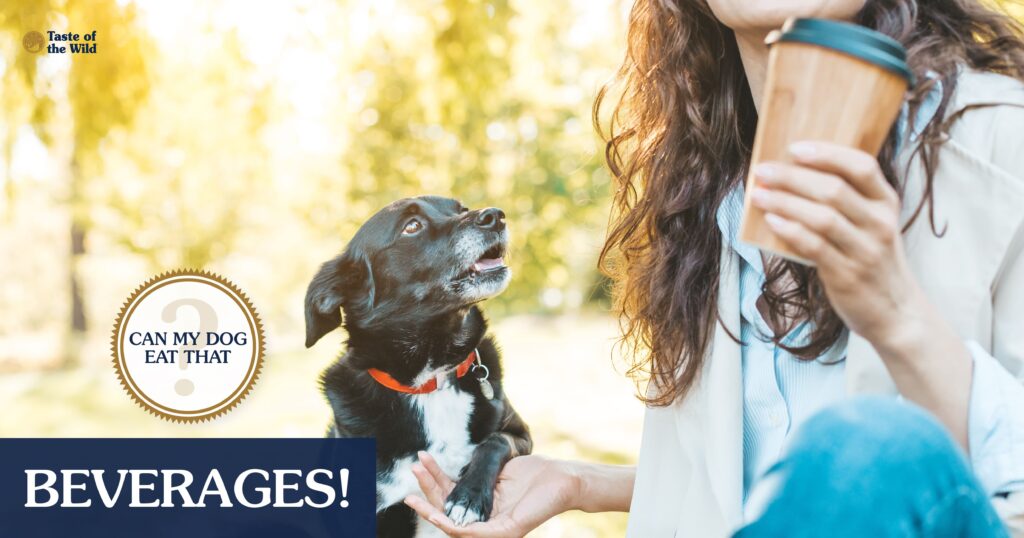Moving is a stressful time for everyone, but imagine how stressful it is for your cat who has no idea what is going on. What are all these boxes? Why am I in a new house? Where do I poop?!?! Don’t let Mittens get all their fur in a fluff. We’ll walk you through how to make moving easier on your cat.
Before the Move
In the days or weeks leading up to moving with a cat, there are a few things you should do to prepare kitty for the journey and ease their stress and anxiety.
Carriage of Comfort
No matter how far you’re moving, your favorite feline will need to be safely transported, which usually means that they’ll ride in their carrier. So it’s best to start getting Mittens comfortable with being in the cat carrier prior to the move. Place the open carrier in a central area in the weeks leading up to the move. Add treats and toys to the carrier to encourage your cat to get into it and get reacquainted with the enclosure. If your cat dislikes their carriage, they might need more lead time to get comfortable with their new temporary enclosure. If you suspect that your cat will be nervous about their carrier, you’ll want to start this process earlier. If they’ve ridden in it before with little or no issue, you can likely wait until closer to moving day.
Have Fun with Boxes and Piles of Items
You’ve probably noticed your cat’s love of cardboard boxes. Now that you’re moving, you’re going to have a fortress of boxes for your furry prince or princess. Use all that extra cardboard to take their mind off the big move.
As you’re putting together boxes, let them explore at their leisure. Consider giving them a box or two to play in while you’re packing. Adding treats, toys or catnip to a box can also help them get over any uncertain feelings they may be exhibiting. It may just be unfamiliar smells that deter them at first.
Keep Your Routine When Moving with a Cat
We know getting ready for the big move can be a busy time. However, amid the chaos, it’s important to maintain your cat’s routine. Moving can be stressful on pets due to rapid changes in their environment and schedule. Keeping a routine with meals, play time and kitty cuddles can help Mittens ease into the upcoming changes. Following your normal routine can also provide you with a constant among all the adjustments, too. It’s a comfort for both pet parent and feline alike.
Find a Safe Spot for Moving Day
In the days leading up to the move, scout out a room that Mittens can stay in while you’re loading everything onto the moving truck. Take as much out of that room as possible ahead of time, so it can be the last room to be cleared out. The week of the big move, place your cat’s food, water, toys, litter box and carrier in that room to help get them situated. On the day of, make sure Mittens is OK on all their necessities and close the door to keep them from bolting out of the house while the furniture and boxes get moved. If you or someone in your moving party can sit in that room while everything is being hauled out, that’s great! However, if it’s not possible we recommend checking on your lil’ buddy once an hour to assure them everything is OK with all the racket they may be hearing. Plus, this gives you a great excuse to catch your breath and take a ten-minute break in between hauls.
During the Move
You’ve made it to moving day! As you’re getting your cat ready in their safe space, we recommend feeding them a smaller meal than normal. Stress can induce all kinds of bodily reactions in your cat — including stomach concerns. A lighter breakfast can reduce the chances of your cat experiencing an upset stomach or getting sick during the travels.
Don’t Play “Where’s My Cat?”
Next, let your moving crew know which room Mittens is in so they avoid opening the door and letting them out. You’ll want to load your cat in their carrier right before you’re ready to hit the road. Keep a cool, calm and collected composure as you load them in their carrier and gather all their belongings. If they pick up you’ve got moving stress, they’ll begin to feel uneasy, too.
Moving Time for Kitty
When placing Mittens in your vehicle, secure the carrier with a seat belt or other means to make sure they don’t slip and slide around. Place their favorite toy(s) in the carrier for comfort. Some cats prefer to look out and others do not, so don’t be alarmed if they stay toward the back of the carrier or face the wrong way. Keep a light blanket or cloth handy for the drive because you may want to drape it over the carrier to ease their fears. You may also want to pack some earplugs for your travels since Mittens could meow loudly throughout the drive. Talk to them in a calm tone throughout the trip to reassure them all will be alright.
For long-distance moves, identify pet-friendly hotels ahead of time and incorporate water and bathroom breaks for Mittens along the route. Make sure your pet has a leash or collar on when stopping for potty breaks.
Once you arrive at the new location, be sure to first unload your cat, their box, food, water and other items of comfort. Place them all in a room that you don’t mind unloading last, and let your moving crew know not to open the door so Mittens doesn’t bolt out. You’ll want to check on Mittens a bit more frequently throughout the unloading process since they’re in completely new territory. If someone Mittens is familiar with could sit in the room while everyone else is unloading, that would be ideal.
After the Move
Whew! You did it! You and your feline are all moved into your new place. Once everything is situated the way you want it, place your cat’s food, water and litter box in their permanent designations. Show your cat which rooms everything has been moved to, and allow them to explore at their own pace.
Let Them Explore Their New Home
It’s going to take some time for your cat to get familiar with their new space. Try to keep your routine so they have at least some familiar aspects of life before the move. They may cry, hide or seem a little skittish as they adjust. These are normal cat reactions. You can be there for them in these times of need with extra petting, calm reassuring words and patience.
If you notice your pet is still not adjusting well after a couple of weeks, make an appointment with a local veterinarian. They can provide possible solutions to make the transition easier. Sometimes stress can lead to lack of appetite, gastrointestinal system issues, urinary tract concerns or behaving in a way that owners have not seen before.
RELATED POST: Take the Stress Out of Vet Visits for Your Cat
